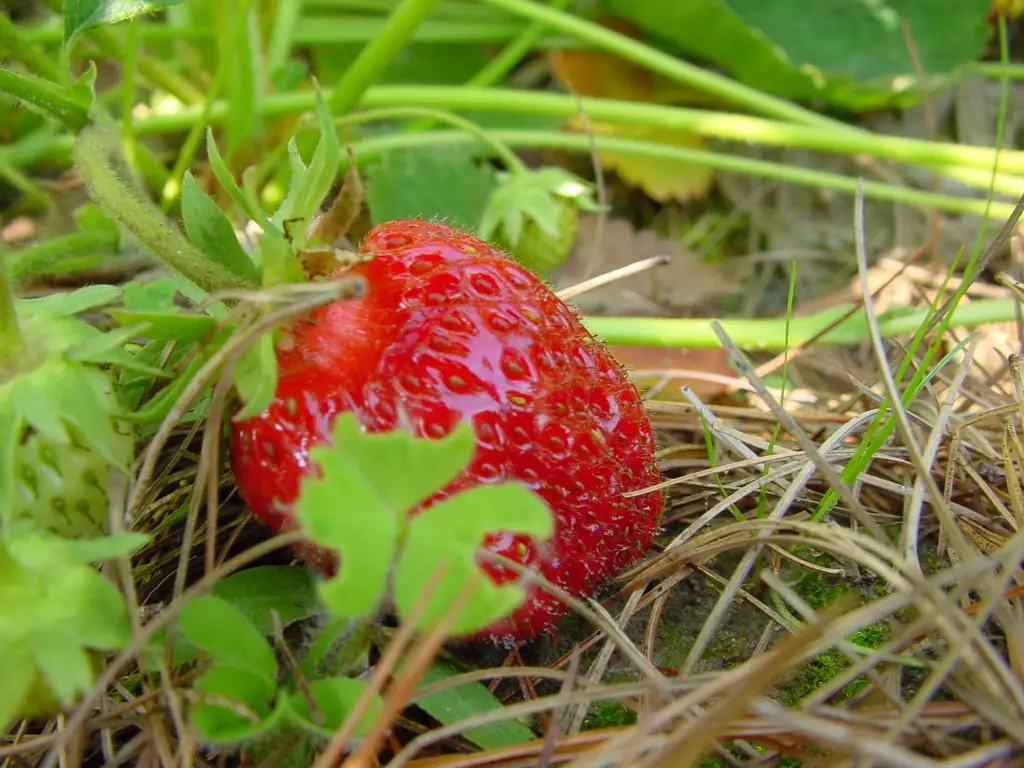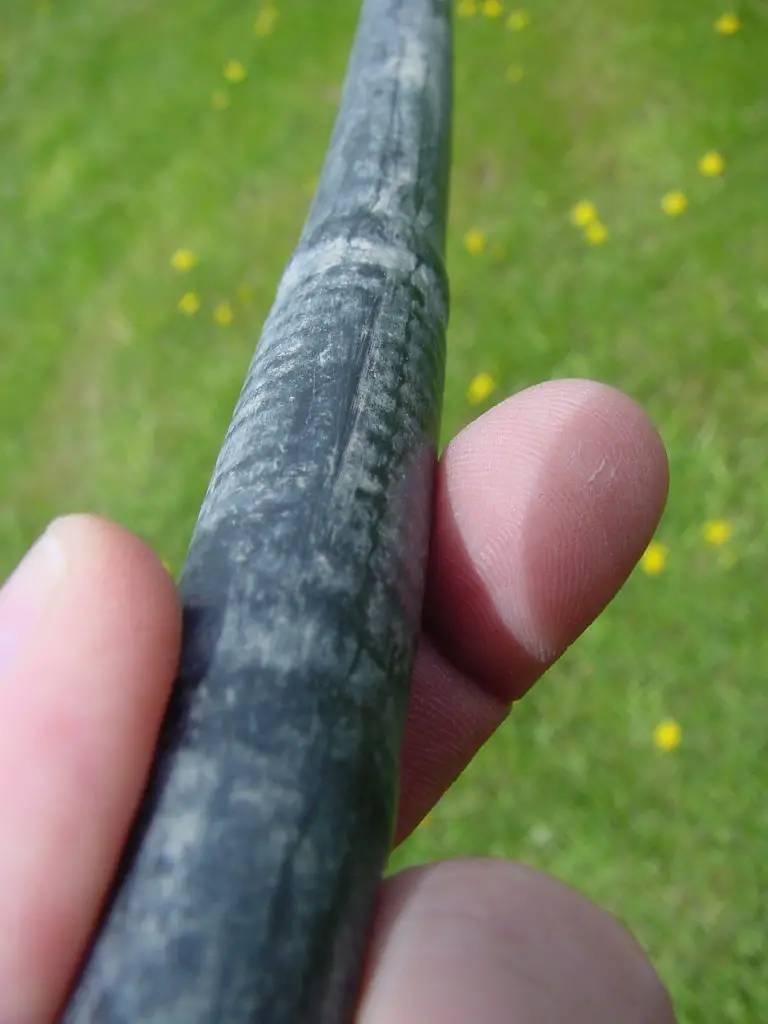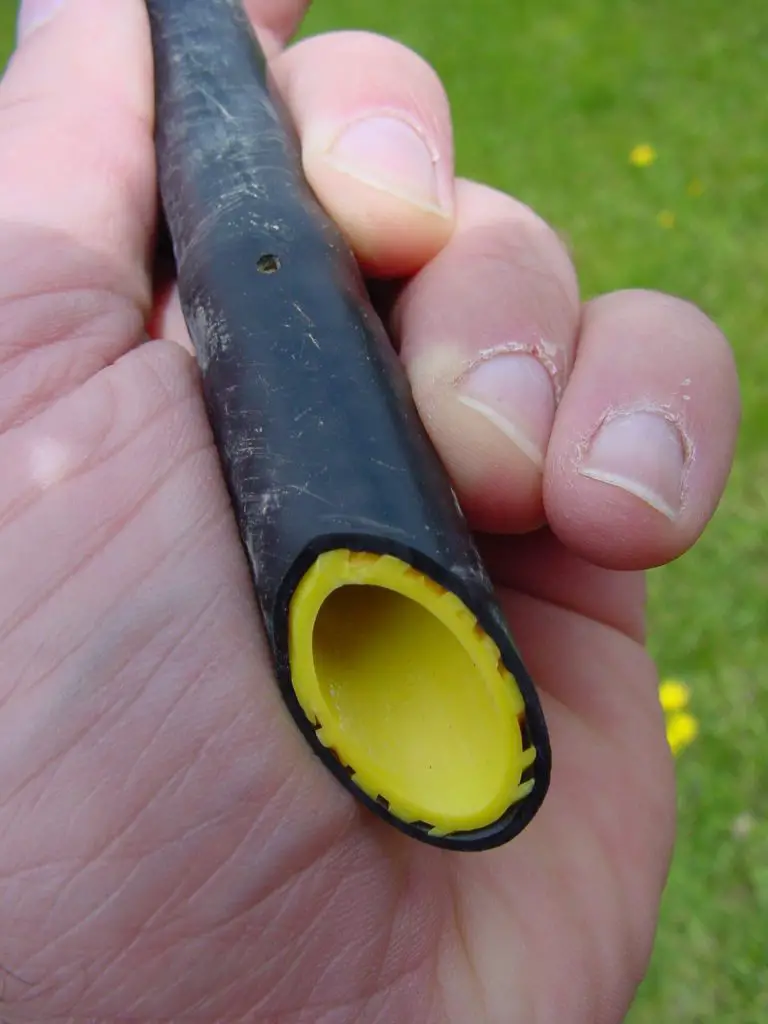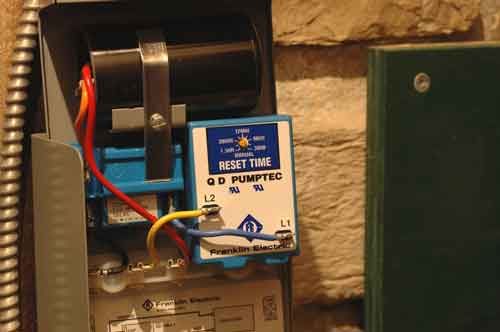The first time I pumped my well dry using a sprinkler to water wilting vegetables, I realized how country life brings a person face to face with resource issues that remain harder to see in the city. While everyone says water conservation is a good thing, there’s nothing quite like feeling the immediate sting of your own consumption habits to drive that truth home. But even people connected to municipal water supplies are getting serious these days about water conservation, and this is where trickle irrigation can help. I’ve been using this simple, economical and environmentally-sound technology for more than 30 years. I know what hardware works best and how you can assemble a system that’ll deliver excellent results for at least a couple of decades. Not all trickle irrigation systems work well, so you need to be careful.

Trickle irrigation uses a system of hoses to drip small amounts of water directly onto soil. Today’s best systems typically use less than 1/10th of the water consumed by sprinklers irrigating the same area, without encouraging plant diseases caused by wet foliage. Perennial and annual flowerbeds as well as vegetable gardens are all ideal locations for trickle irrigation. As long as it’s practical to cultivate around trickle lines at the end of the season, you don’t even need to roll them up in the fall.

Trickle Irrigation: It’s All in the Emitter
When you’re buying trickle irrigation line, two features of the emitters are crucial. First, they need to be self-cleaning, and second they must be pressure compensating. Even if perfectly clean water is the only stuff that ever goes into your lines (and it probably won’t be), the fact that the water sits stagnant in the sun from time to time means it will eventually grow or precipitate something solid. And if emitters aren’t self-cleaning, they’ll clog and your whole system becomes useless. Trust me, I know.

Pressure compensation by emitters makes irrigation action consistent from one end of each line to the other. Since water is continually being drawn from trickle lines along their length, water pressure drops considerably along line length. The best pressure compensating emitters release a consistent amount of water, even if internal line pressure varies anywhere from 5 to 60 psi.
All this is great, until you actually try to put a durable trickle system together. That’s when theory bows to reality. Clogged lines, unreliable fittings, and inappropriate water delivery rates were all glitches that plagued me at first. I’m past that now and have been for a while.

My favourite trickle hose is made by a company from Israel called Netafim. They invented trickle irrigation and they still know how to do it well. I bought mine from a company that sells to commercial growers, but they do sell in small quantities to anyone, too.
If you have clay soil, you should choose trickle line with emitters spaced 18 inches apart. Light, sandy soils require closer, 12-inch spacing because water doesn’t spread out as far horizontally in lighter soil. I’ve had poor results using the kind of porous trickle lines that ooze water along their entire length. They deliver too much water near the beginning of the run, too little near the end, and eventually stop delivering water altogether as internal pores clog with dirt and fine growths.
A 5/8-inch commercial-duty rubber garden hose supplies my trickle network perfectly because it’s both tough, easily removable and versatile. You can lift it off areas that need to be mowed, or use the hose elsewhere around your property for other jobs. Supplying the system with water doesn’t require anything other than a normal domestic water pump drawing from an ordinary well, or you can tap into a municipal supply, too.
The 1/2 hp submersible pump that powers my water well system (and home) is more than enough to take a half-acre patch of raspberry row from flower to ripe fruit without any rainfall at all. A safety system that shuts off the pump if the well runs dry is cheap insurance against pump burn out. One option is shown to below. It senses a change in the current draw of the pump, then cuts the power to the pump for a preset amount of time so the well can recover. Also, a water timer is a great accessory to have. It maximizes output from a weak well by automatically controlling watering cycles around the clock. By automatically turning the water on for, say, one hour every 2 or 3 hours during the day, a trickle irrigation system can operate quite nicely from a weak well.

Fittings are an expensive and a surprisingly unreliable part of trickle irrigation hardware. That’s why you’ll want to use as few as possible. You’ll need to use tee fittings whenever you’ll be feeding water into a line mid-way along it’s length, and the kind that work best slip over top of the trickle line, staying put by friction. Just be sure to get fittings that match your line size exactly. There are several sizes in the industry that are only millimetres apart, and though they appear interchangeable they can (and usually do) blow off during use if they’re not the right size. The hazard of fitting or pipe failure (and a subsequent dry well and burned out pump) is another reason to have a pump protection device in place. The best way to end a run of trickle line is with figure-8 fittings. It holds the end of the pipe in a folded position, stopping water very reliably.
I still use sprinklers for occasional watering of small areas, and every time I do I’m reminded of the effectiveness of the trickle system that ensures juicy raspberries, strawberries and vegetables regardless of the vagaries of rain. It’s the most effective way to responsibly use the precious freshwater resources we’ve got while also spreading growth, productivity and beauty around homes and cottages.
Click below to watch a detailed video tour of the trickle irrigation system that I use. This video is part of my online course on survival food gardening and preparations.



